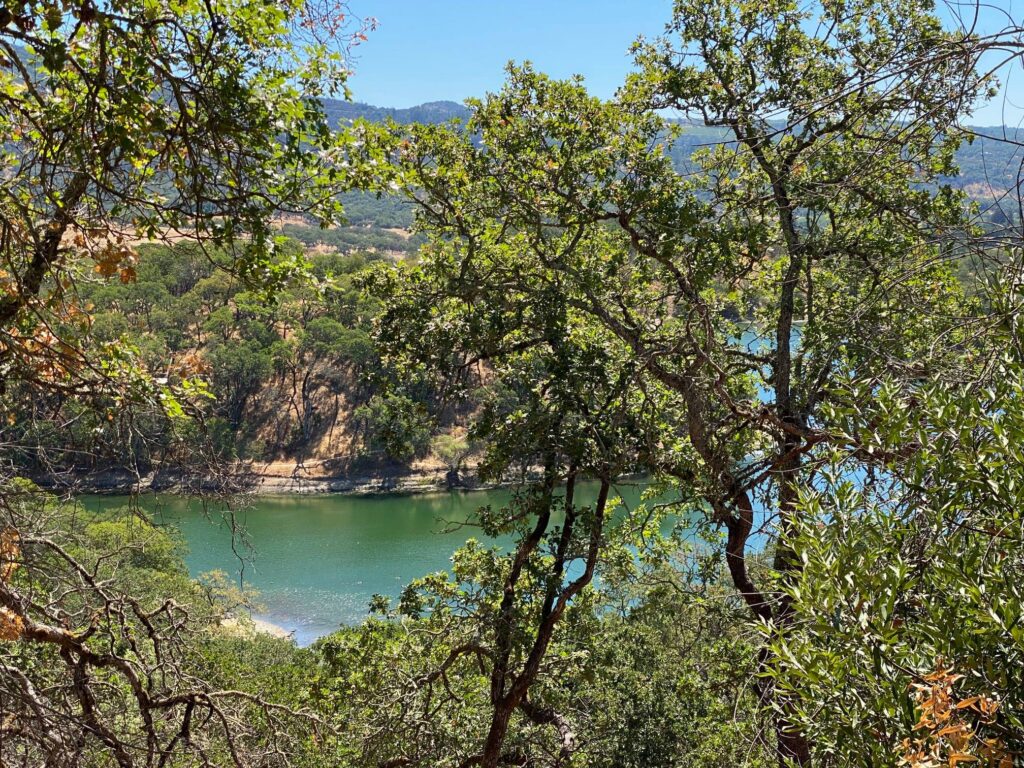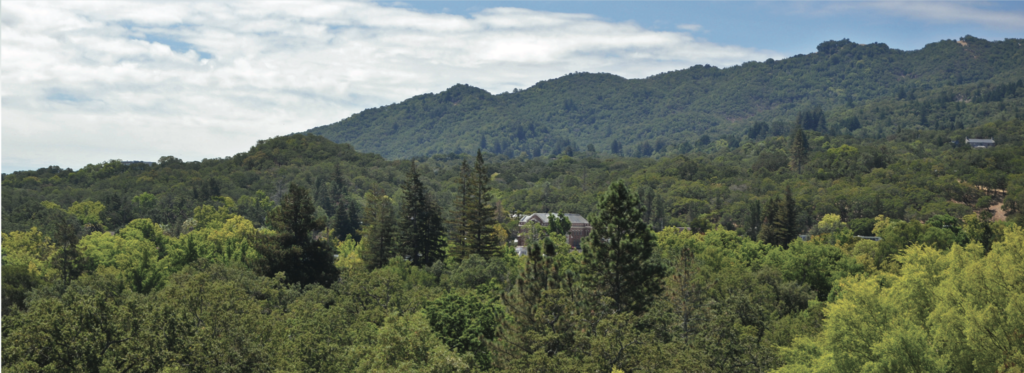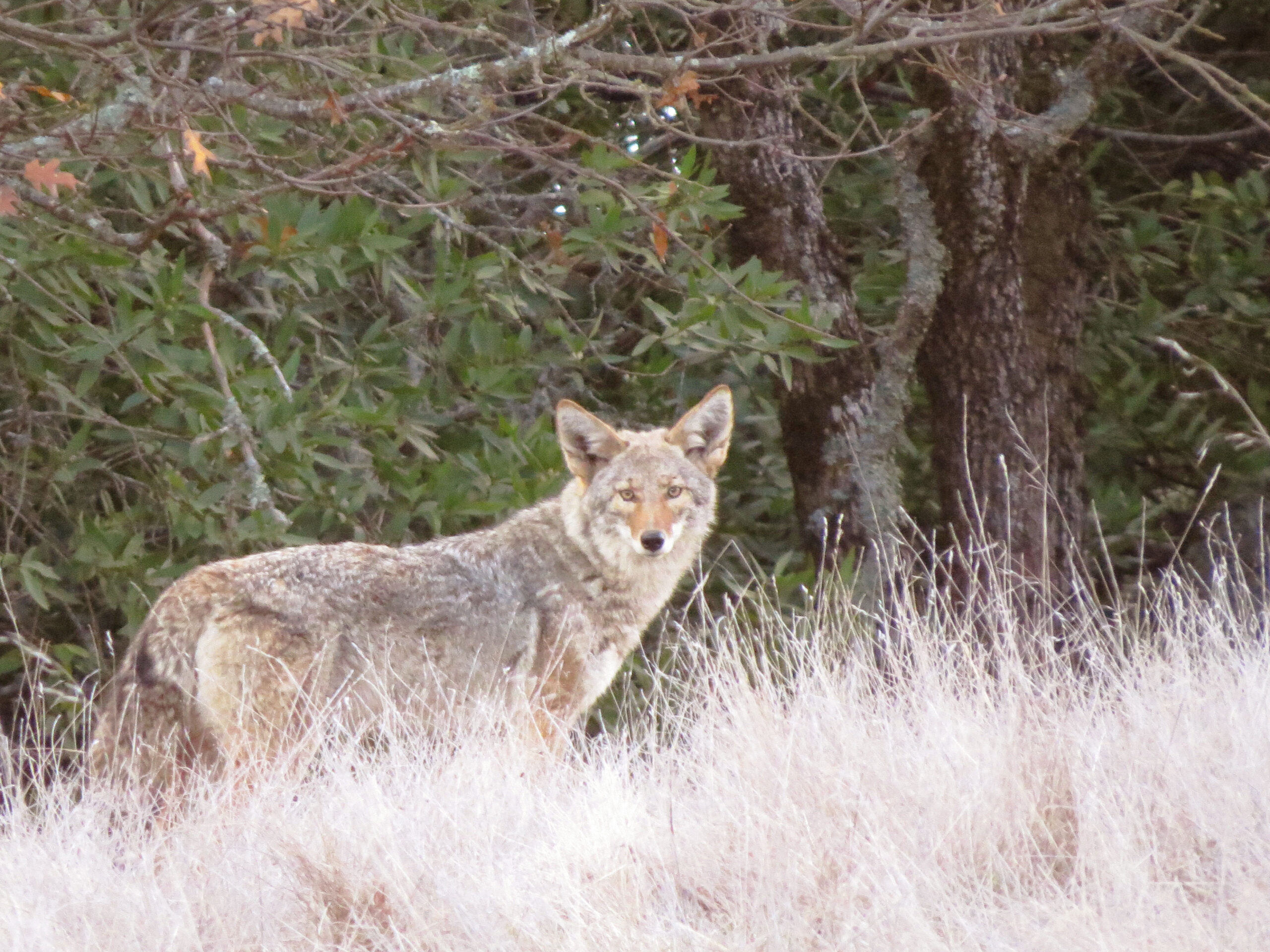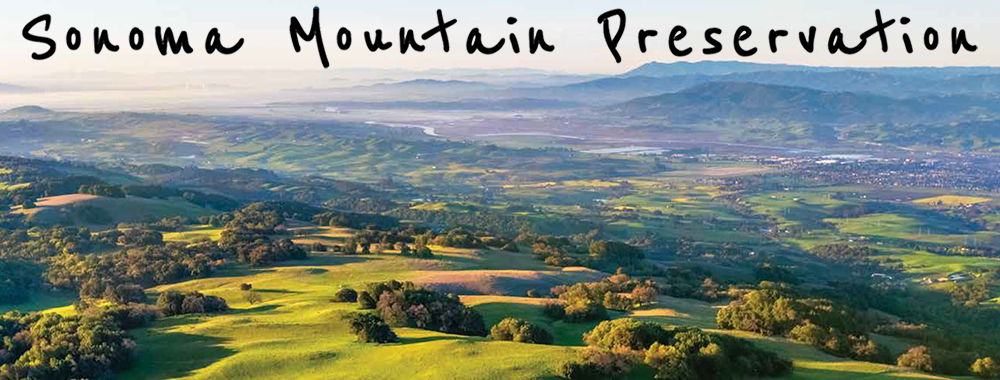The Urbanization of Sonoma Mountain
By Will Shonbrun
A sailor on horseback
“I ride over my beautiful ranch. Between my legs is a beautiful horse. The air is wine. The grapes on a score of rolling hills are red with autumn flame. Across Sonoma Mountain wisps of sea fog are stealing. The afternoon sun smolders in the drowsy sky. I have everything to make me glad I am alive. I am filled with dreams and mysteries.” —John Barleycorn by Jack London, 1913
In 1905, Jack London, acclaimed author, world traveler, foreign correspondent, farmer, socialist, humanist, and courageous enjoyer of life, found the place that spoke to him on the side of Sonoma Mountain in what was known as the Valley of the Moon. He knew at first sight it was where he would set his roots and live his days with his beloved wife and companion, Charmian, farming and writing and thinking about the things that interested him.
London didn’t buy what he and Charmian named Beauty Ranch to amass fortune, but to work the land and farm the soil using practices we now call sustainable agriculture by using nature’s innate elements for replenishing and replicating the natural growing cycles. His approach to stewarding the land was built on respect for its vital needs and the bounty it gifted. In this he mirrored and honored the Indigenous peoples’ relationship with the natural world over the thousands of years they’d lived there.
That’s all about to change.
Brief backstory
Most readers, especially residents of Sonoma Valley, know the backstory of the demise of the Sonoma Developmental Center (SDC), officially closed in 2018. The wrap-up comes down to this: The buyer intends to build about 1,000 houses, a 120-room hotel/resort, and provide commercial space for all the businesses needed to serve thousands of new residents and visitors on the 180-acre “core campus.” This plan would create a new town in the midst of a rural and wildlife-friendly region in the heart of Sonoma Valley.
Urban sprawl on steroids
The state of California and Sonoma County are abandoning years of land-use decisions regarding urban infill and urban growth, decisions intended to prevent sprawl into greenbelts and open space. In so doing, both the state and county are acting contrary to their stated and pledged environmental goals to address the increasing impacts of global warming.
Which begs the question, why is public land, paid for with public money, able to be privatized and commodified without public consent?
Since 2015, buoyed by persistent state and county promises to incorporate the community’s vision in the outcome at SDC, thousands of Sonoma Valley citizens diligently participated in the planning process to consider how and by whom the land should be used. But in the end, the state’s assurances turned out to be little more than empty words.
Development in rural areas is being driven by a state-imposed mandate to address what is labeled a “housing crisis.” In spite of the fact that the “crisis” is for affordable housing, not market-rate housing, the state-selected developer, Grupe/Rogal, has stated that it does not intend to build more than 10–15% affordable housing. The rest will be out of reach for most Sonoma County citizens.
To make matters worse, in addition to the proposed housing and commercial development at SDC are plans to develop more than 60 acres on the nearby Hanna Center property for, as you might have guessed, housing, plus a hotel and businesses. How many people and their daily vehicle miles traveled this additional development on rural land adds up to can only be guessed.



This is an environmental issue
In my view, the disposition of the former SDC land is not a housing issue, or a sell the land and make it profitable for state and county issue. It’s matter of preserving and protecting an ancient, biologically diverse, self-sustaining ecosystem. It has intrinsic value as habitat as well as for the enjoyment and knowledge it bestows on our human citizens. This ecosystem, with a wildlife corridor running through it, cannot remain viable side by side with the urban development being planned next door.
Humans are not entitled to live anywhere and everywhere. Just as we need to honor and preserve the remaining wilderness areas, we must recognize the importance of rural landscapes and green buffer zones so that urban regions have access and connection to the natural world. We have much to learn and time is surely running out.
Building a new town in the heart of Sonoma Valley at the base of Sonoma Mountain threatens to destroy our rural wildlands and wildlife. Taking the example of the other places, it may start small, but will not stay so. We have seen this pattern played out here in Sonoma County and elsewhere in our state.
Back to Jack
Writing about his property next to SDC in 1905, London said, “There are 130 acres in the place, and they are 130 acres of the most beautiful, primitive land to be found in California. There are great redwoods on it, some of them thousands of years old … in fact, the redwoods are as fine and magnificent as any to be found anywhere outside the tourist groves. Also, there are great firs, tanbark oaks, maples, live-oaks, white-oaks, black-oaks, madrone and manzanita galore. There are canyons, several streams of water, many springs … I have been riding all over these hills, looking for just such a place, and I must say that I have never seen anything like it.”
Jack London knew what he was talking about, and he knew when he saw it that it was a treasure to protect and preserve. He left it as a legacy for us and all others who would understand its innate value. If we let the SDC go on the auction bloc for a quick profit for government functionaries and the business merchants who influence them, we will have sold another of nature’s gifts for a handful of silver.
Will Shonbrun is a Sonoma Valley resident and community activist.
